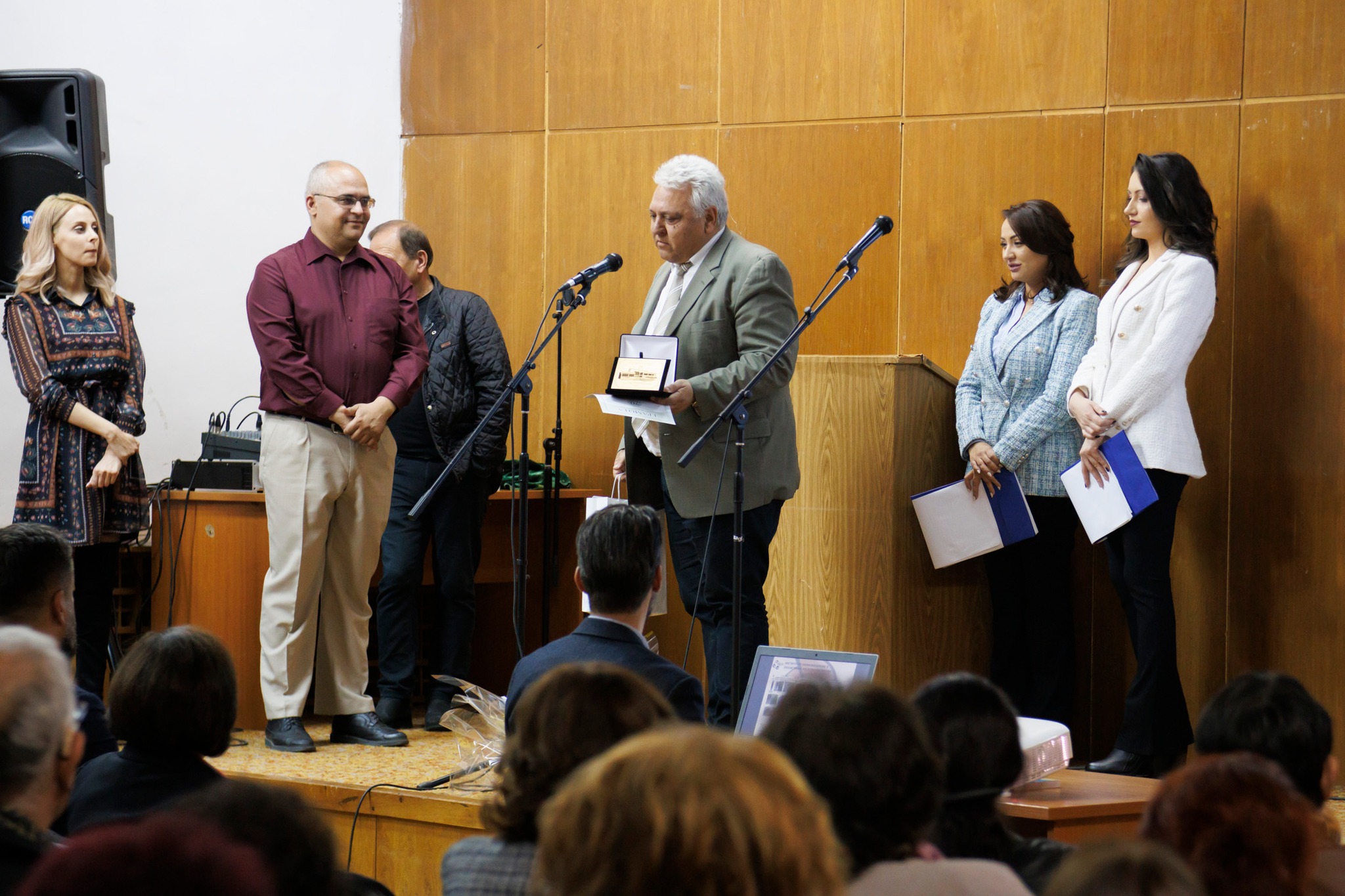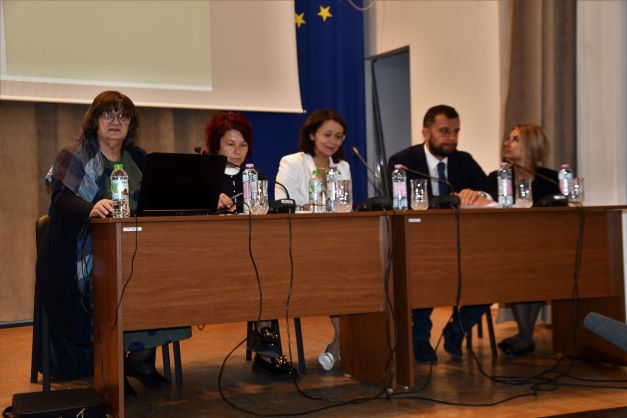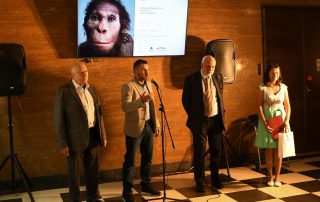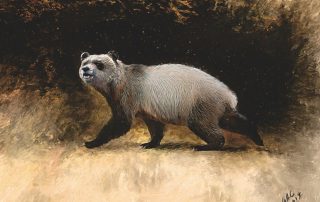The Institute of Biodiversity and Ecosystem Research with a plaquette for long-term cooperation
The Regional Historical Museum - Blagoevgrad celebrated its 70th anniversary. At the opening of the exhibition prepared on this occasion, the Institute of Biodiversity and Ecosystem Research of BAS was awarded with an honorary plaquette and a diploma for many years of fruitful cooperation and development of the palaeobotanical collection of the museum. For nearly a decade, scientists from the Palaeobotany and Palynology Section at IBER (Assoc. Professor Vladimir Bozukov, Corresponding Member Dimiter Ivanov) have been working together with the team of the Nature Department at RHM - Blagoevgrad, both in the field and in the design of exhibitions with plant fossils or temporary exhibitions. Summary information about the anniversary exhibition can be found at: https://www.facebook.com/BulgarianNewsAgency/videos/2025538980974025







